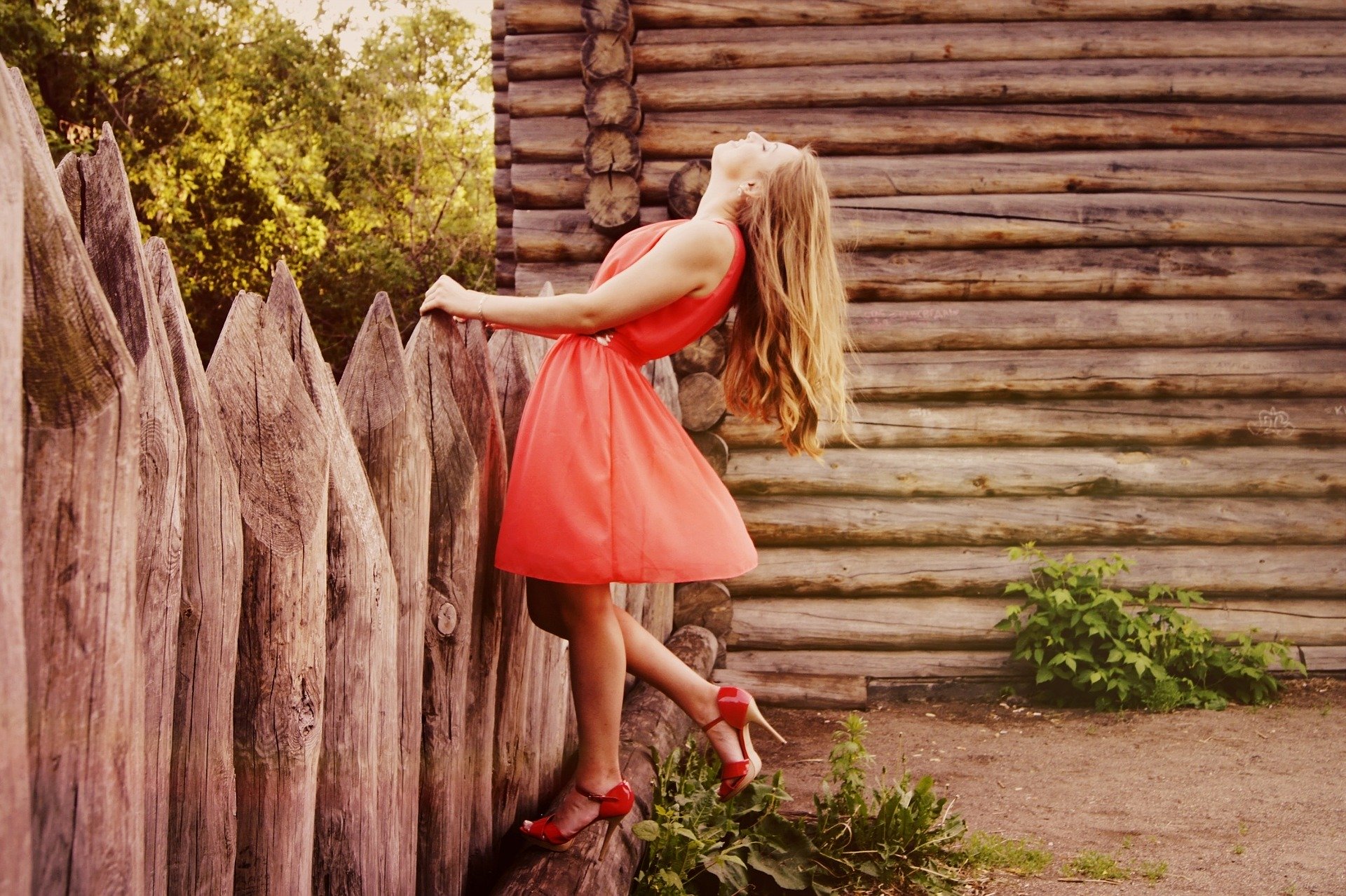2020 was the strangest yet, and it resulted in some new trends taking the world by storm. In lockdown, we were robbed of the ability to make new memories with our friends and family. We’ve been stuck indoors with virtually nothing to do for around a year – because of this, we’ve been getting nostalgic.
Nostalgia is appearing in all forms, whether we’re listening to old music and movies or trying out old makeup tutorials. Even brands are getting in on the hype. For example, Burger King had its first rebrand in 20 years, and it was taken back to its roots. The fast-food chain recreated its retro logo from the 1970s, when Burger King looked its best. This is very similar to what we’re doing in our spare time, too.
Here, we use the science behind nostalgia to reveal why we’re nostalgic for certain decades. We used Google search data from 1st February 2020 to 31st January 2021 to explore this.
The science behind nostalgia
Simply put, in times of restrictions on our freedoms, we’re escaping to better and happier times where we made good memories.
Psychological research shows that when we remember positive memories, our brain releases chemicals that make us feel good. This is referred to as the reward pathway, which encourages us to carry out that same act again that triggered the good feeling. In a nutshell, when we’re living dreary lives in lockdown, a time unlike any other, we turn to feeling nostalgic to pick our moods back up, reminiscing for times we’re waiting to return to. Research has also reported that nostalgia can contribute to psychological resilience and optimism, two traits that can help us through lockdown.
Thanks to technology, we have in-depth access to memories from the past – whether it’s music, photos, videos, and everything in between. Because of this, it’s easy to understand why nostalgia is a dominating trend.
Music is a powerful nostalgia stimulus
It is well established that music is a strong nostalgia stimulus. Have you found that you’ve been listening to old songs over the last year? You’re not alone – a study analysing Spotify listening trends of almost 17 trillion songs across six European countries found that people have been listening to old music in lockdown. Social media platforms like TikTok have helped us remember songs from years ago, resulting in a resurgence of streams of songs once forgotten about.
A notable study from 1999 found that music is powerful in evoking individual memories for the listener, for example being able to accurately recall what it was like being a child or a university student.
According to the data, the most popular decade for music was the 1980s, with 33,100 average monthly searches for “80s music” across the UK.
The 1980s saw the rise of electronic music. Genres like synthpop took the world by storm. New Order’s ‘Blue Monday’ was released in 1986 and could be used to define the decade. This track was the first of its kind and had such a profound impact on music that research by NME revealed that it is the top-selling 12″ vinyl of all time. ‘Blue Monday’ has continued to influence subsequent dance music.
Fashion
For an industry that draws inspiration from previous decades of fashion to design new collections and styles, due to lockdown and suspension of travel, designers were driven to old trends. In a world dominated by information overload and everyone wanting the next big thing, we can enjoy feeling nostalgic from a time that we enjoyed, rather than worrying about fashion to define a time not many of us are likely to want to remember.
Again, apps like TikTok and Instagram are helping revive old fashion trends from past decades. These apps are hubs of fashion nostalgia as influencers are unable to create new content, with users showing viewers how to recreate outfits from the past.
The 1980s and 1990s were the most popular decades for fashion, both having 33,100 average monthly searches for “80s fashion” and “90s fashion”.
1980s fashion
The 1980s fashion was born following previous decades of rebelling and social liberation. The 50s, 60s, and 70s were all milestones for fashion, taking radical turns from post-war rationed fabric to cinched silhouettes and short hemlines.
Like 1980s music, 1980s fashion was iconic. It was unlike any other, characterised by bold and bright colours, exaggerated silhouettes, sharp power shoulders, colourful hair scrunchies, and leather jackets. Sportswear was worn casually, contributing to the leisurewear trend still seen today.
1990s
When we think 1990s, we think of the Spice Girls, boob tubes, capri pants, crimped hair, and women’s wedges – this trend is probably the most similar to what we see in today’s style. Velour tracksuits are back in fashion as well as oversized and clunky trainers, bum bags, slip dresses, and mom jeans.
Interestingly, the 1990s was once mocked as forgettable and un-iconic, but it has now become the most influential era for Generation Z and millennials, dubbed as “YK2 fashion”. It is theorised that pop culture and fashion functions in cycles of roughly 20 years – for example, the 1970s reminisced about the 1950s with Grease and the 1990s sampled music primarily from 1970s music. Now, millennials are feeling nostalgic towards the blend of 90s and noughties fashion.


